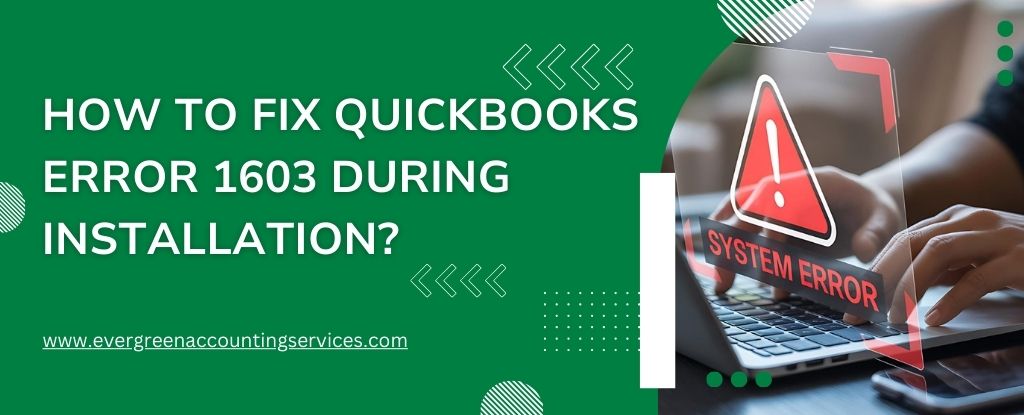Table of Contents
ToggleImplementing an efficient Material Requirements Planning (MRP) system is crucial for businesses aiming to streamline their production processes. However, some users encounter difficulties when trying to install MRP on Sage 100 2023. This comprehensive guide aims to provide a detailed walkthrough on resolving installation issues, ensuring that your system is up and running smoothly.
Understanding Sage 100 2023 and Material Requirements Planning (MRP)
Sage 100 2023 is a robust enterprise resource planning (ERP) solution tailored for small to medium-sized businesses. Among its many features, the MRP module is instrumental in managing manufacturing processes by ensuring that materials are available for production, reducing inventory costs, and improving production efficiency.
However, the process of installing and configuring the MRP module on Sage 100 2023 can sometimes present challenges. Whether you’re facing errors during installation or issues post-installation, this guide will help you address these problems effectively.
Common Errors Encountered During Installation
1. Compatibility Issues
One of the most common issues encountered during the installation of MRP on Sage 100 2023 is compatibility. Ensuring that your system meets the necessary hardware and software requirements is essential for a successful installation. Verify that your operating system, database, and other supporting software are compatible with Sage 100 2023.
2. Incomplete Installation Files
Another frequent problem is incomplete or corrupted installation files. If any files are missing or damaged, the installation will fail. Make sure to download the installation package from a reliable source and verify its integrity before proceeding.
3. Insufficient User Permissions
Installing software like Sage 100 2023 often requires administrative privileges. If the user account lacks the necessary permissions, the installation may be blocked. Ensure that you are logged in with an account that has the appropriate administrative rights.
4. Conflicting Software
Conflicting software or services running in the background can disrupt the installation process. This includes antivirus programs, firewalls, and other security applications. Temporarily disable these programs during installation to prevent conflicts.
Step-by-Step Guide to Troubleshooting Installation Issues
Step 1: Verify System Requirements
Before attempting to install the MRP module, confirm that your system meets the minimum requirements for Sage 100 2023. This includes the operating system, processor, memory, and disk space. Additionally, check that you have the correct version of .NET Framework and other necessary components installed.
Step 2: Download a Fresh Copy of the Installation Package
If you suspect that the installation files are incomplete or corrupted, re-download the package from the official Sage website. Ensure that the download completes without interruption and that the file size matches the expected size.
Step 3: Run the Installation as Administrator
Right-click the installer and select “Run as Administrator.” This ensures that the installer has the required permissions to make changes to your system. If prompted by User Account Control (UAC), click “Yes” to proceed.
Step 4: Disable Conflicting Software
Before starting the installation, temporarily disable any antivirus software, firewalls, or other security applications that might interfere with the process. Once the installation is complete, remember to re-enable these programs to protect your system.
Step 5: Check for Windows Updates
Outdated Windows components can cause compatibility issues. Ensure that your system is fully updated by running Windows Update and installing any pending updates before attempting to install the MRP module.
Resolving Post-Installation Issues
1. MRP Module Not Appearing in Sage 100 2023
If the installation completes but the MRP module does not appear in the Sage 100 2023 interface, this could be due to a failed registration of the module. To resolve this, navigate to the Module Registration screen in Sage 100 and ensure that the MRP module is activated. If it is not listed, you may need to reinstall the module.
2. Errors When Launching the MRP Module
If you encounter errors when launching the MRP module, check the Event Viewer in Windows for detailed error messages. Common issues include missing dependencies or conflicting DLL files. Reinstalling the module or repairing the Sage 100 installation can often resolve these problems.
3. Performance Issues After Installation
In some cases, users experience slow performance or crashes after installing the MRP module. This can be caused by insufficient system resources or conflicts with other installed software. To improve performance, consider optimizing your system by closing unnecessary applications, increasing virtual memory, and ensuring that your hardware meets the recommended specifications.
Best Practices for a Smooth Installation
To avoid installation issues, follow these best practices:
- Perform a Clean Installation: Uninstall any previous versions of Sage 100 or the MRP module before attempting a new installation. This prevents conflicts and ensures that all components are correctly installed.
- Backup Your System: Before making any changes to your system, including installing new software, create a full backup. This allows you to restore your system to its previous state if something goes wrong.
- Consult the Sage 100 2023 Documentation: Always refer to the official Sage 100 documentation for detailed instructions and troubleshooting tips. This resource is invaluable for ensuring a successful installation.
Conclusion
Installing the MRP module on Sage 100 2023 is essential for businesses looking to enhance their manufacturing processes. While installation issues can be frustrating, following the steps outlined in this guide will help you troubleshoot and resolve common problems. By ensuring that your system meets the necessary requirements and taking proactive steps to prevent conflicts, you can achieve a smooth and successful installation.
If you need immediate assistance during the installation process, please call Sage support team at 1-844-987-7063.
Frequently Asked Questions
Yes, the MRP module can be customized with additional features and settings to better align with the unique requirements of different industries, such as manufacturing, retail, or distribution.
The MRP module seamlessly integrates with other modules like inventory management, purchase order, and sales order processing, allowing for a more streamlined and connected business operation.
Yes, the MRP module can be configured to support just-in-time manufacturing, helping businesses minimize inventory levels while meeting production deadlines.
The MRP module automatically adjusts planning schedules based on updated lead times, ensuring that production is not delayed due to changes in supplier deliveries.
1. Open Sage 100 and log in with administrative credentials.
2. Navigate to the Module Configuration section and enable the Material Requirements Planning (MRP) module.
3. Set up inventory items, including their descriptions, quantities, and reorder levels.
4. Define the Bill of Materials (BOM) for each product, specifying the components and quantities required.
5. Enter production schedules, including start and end dates for manufacturing processes.
6. Configure planning parameters such as lead times, safety stock levels, and reorder points.
7. Run the MRP generation process to create a list of required materials and suggested purchase orders based on current and forecasted demand.
8. Review the MRP recommendations and adjust as necessary before finalizing orders.



